How to Write a Novel with the W-Plot Template
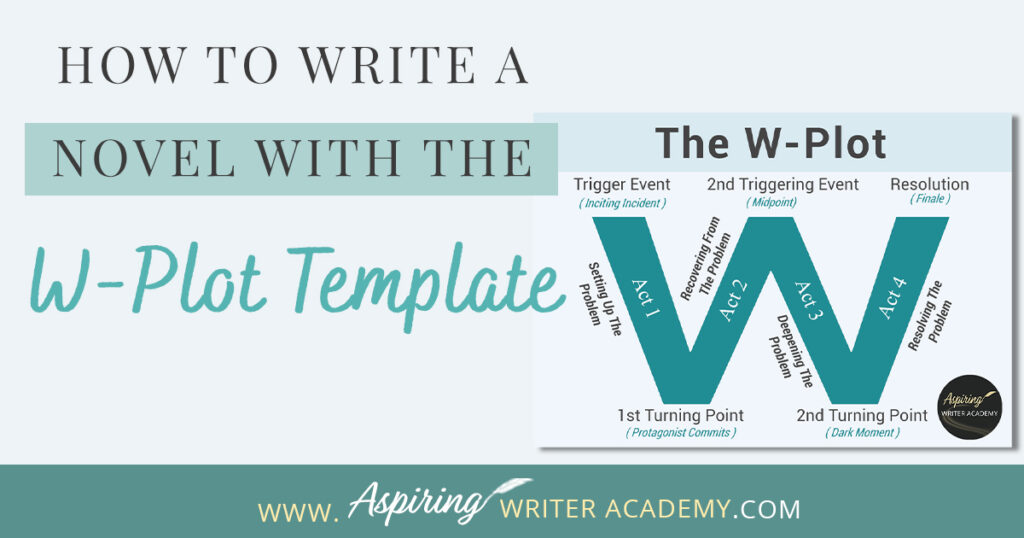
Do you struggle with plotting? A simple, easy-to-follow template for writing a fictional story is the W-Plot, perfect for both new writers and non-plotters. The W-Plot structure allows you freedom to create yet keeps your story on track all the way to that grand satisfying end.
In our post, How to Write a Novel with the W-Plot Template, we break down each step to take the frustration out of plotting and give you tips to write a story readers will love.
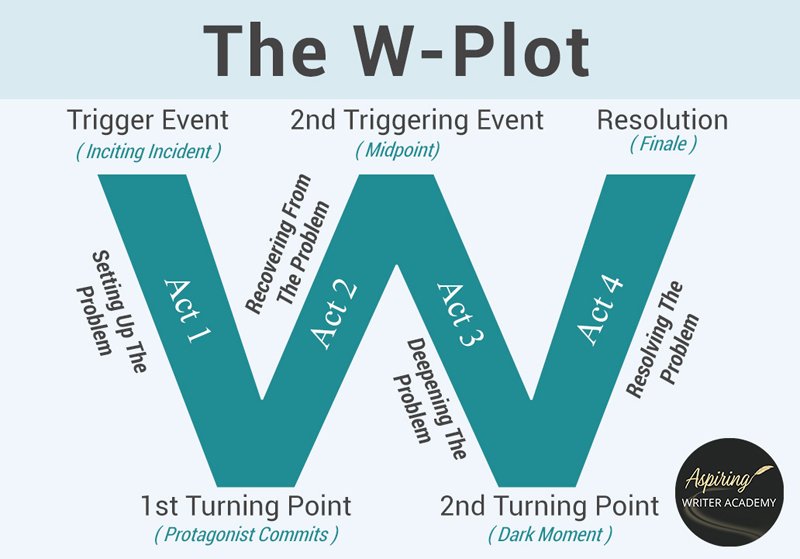
What is the W-Plot?
The W-Plot is a 4-act structure writing template named for the way your story takes shape (with highs and lows) following this system. Each point on the W is a major event, with five total.
What is a 4-Act Structure?
The W-Plot takes the traditional 3-Act Structure of storytelling (beginning, middle, and end) and divides the second act (the middle of your story) into two equal parts, creating four parts of your novel to focus on instead of three. Dividing your novel into ‘acts’ (different sections) allows you to concentrate on smaller pieces of the story one section at a time. Since the middle section of your fictional story is the largest and hardest to write, it helps to break this act into two parts.
Whenever you take on a large project such as writing a book, it is always helpful to break your goal down into smaller chunks to keep up momentum and stay focused. Each ‘leg’ of the W-Plot corresponds to one of the 4-Acts of your fictional novel. Put this template on a poster board where you can “see” the direction of your story as you write.
How can the W-Plot benefit Non-Plotters (Pantsers)?
The W-Plot allows non-plotters (often called Pantsers, who like to write ‘by the seat of their pants,’) a direction to go in, even if they do not yet have the whole story figured out. Simply put a sticky note or perhaps even a cut-out picture at each point on the W-Plot structure to signify what major event may occur at that point in the story. This way, you can see how the key events of the story line up and evaluate if you need to change any to make the climatic ending of the manuscript stronger. How does one point on the W-Plot lead to the next? Instead of floundering or going off on tangents, this easy loose-plot format will help you write a cohesive story that makes sense from beginning to end.
How to Write a Novel with the W-Plot Template:
There are 5 points on the W-Plot Template. Start at the upper left of the W and follow along as we review each one.
- Trigger Event - Your main character is living his ordinary life in what he considers his ordinary world when something happens that changes everything. This can be a threat, a call to go on a quest, an attack by an opponent who wants to stop your main character from achieving a goal. It is something your main character cannot ignore. He is presented with a major problem that needs solving or his life will never be the same. This starts the character off on his story-long journey. This trigger event is also referred to as an ‘inciting incident.’
- 1st Turning Point – The main character’s life goes downhill from the Trigger Event as he tries to figure out a way to overcome the problem or consider what is needed to go on this story-long journey. He weighs the costs and consequences if he does not take action. Finally, your character must make a decision and create a goal to overcome the problem, an action plan that he hopes will lead him to triumph. This might require teaming up with someone the main character dislikes or leaving his comfortable way of living behind to venture out into new territory. This decision to go on the journey, accept the challenge, or take action to overcome the opposition, is the 1st Turning Point for your main character. It turns the story in a new direction. The character’s life will now be different.
- 2nd Triggering Event – (also known as the midpoint of your novel) Your main character has been in an upswing as he learns new skills, grows his knowledge, gathers resources, and allies who may help him overcome his story problem and achieve his goal. He’s had some setbacks, but the 2nd Triggering Event is a huge blow. Just when your character believes he may be on the cusp of achieving his goal something devastating happens that changes everything once again. A mentor may die leaving the character to go forward on his own, a life-altering secret may be revealed, a new foe may emerge forcing the character to team up with his previous opponent to defeat the bigger threat. This 2nd Triggering Event deepens the original problem and complicates things.
- 2nd Turning Point – (also known as the Dark Moment, where the character cannot see his way forward and believes all is lost.) The 2nd Triggering Event sends your main character on a downward trajectory as he deals with a major complication or fights against the new opposition trying to stop him from achieving his goal. The opposition seems to gain the upper hand and at the 2nd Turning Point allies may fall away and everything seems to unravel. Characters may betray one another, or be given a piece of false information, or have a wicked argument. Perhaps the opposition attacks with a strength that causes the main character to believe he has no hope of ever achieving his goal or defeating the enemy. It is the dark moment of the soul. There doesn’t seem to be any possibility of a resolution.
- Resolution – This shows the reader how the story ends. Everything comes to a climax at this point, often a face-to-face confrontation between the main character and the opposition. The main character either achieves his goal or he does not. In many stories, right before the resolution, the main character will gain new information or insight into his situation. This lifts him out of his dark moment and motivates him to make one last effort to achieve his goal. The main character regathers his team, necessary supplies, and utilizes the knowledge, skills, and resources he gained from his story journey to finally outwit / overcome the opposition and achieve his story goal. (Or not, depending on whether you want the character to win or lose.)
5 Points to plot the bare bones of your fictional novel.
Figuring out these 5 points of the W-Plot in advance can save you frustration, time, and mental energy. Brainstorm with a writing partner, trusted friend, or critique group. Writing is fun when you know which direction your story is headed! Enjoy the journey!
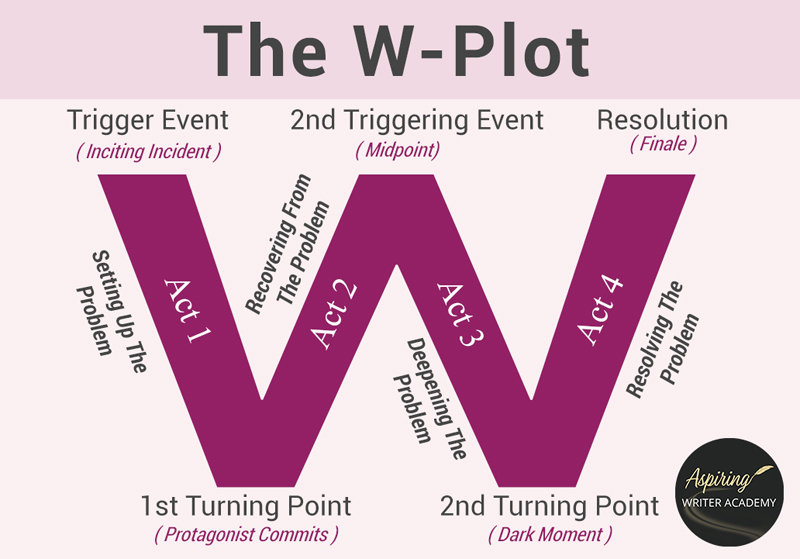
Who Created the W-Plot?
Many credit Mary Carroll Moore with the creation of the W-Plot, which she says helped her storyboard her fictional novels. To see her video on the W-Plot visit her tutorial at:
https://www.youtube.com/watch?v=pMhLvMJ_r0Y
Or
https://writersinthegrove.com/2016/08/03/novel-writing-storyboarding-and-the-w-plot-chart/
Bestselling Author, Karen/K.L. Docter is also credited with teaching the W-Plot in her various workshops. www.karendocter.com
We hope you have enjoyed How to Write a Novel with the W-Plot Template and that you have gained some valuable tips to map out your storyline in an easy-to-follow manner perfect for beginners and non-plotters.
If you have any questions or would like to leave a comment below, we would love to hear from you!
If you like more help developing your story, you may wish to download our Free Brainstorming Your Story Idea Worksheet
Do you find it difficult to create compelling antagonists and villains for your stories? Do your villains feel cartoonish and unbelievable? Do they lack motivation or a specific game plan? Discover the secrets to crafting villains that will stick with your readers long after they finish your story, with our How to Create Antagonists & Villains Workbook.
This 32-page instructional workbook is packed with valuable fill-in-the-blank templates and practical advice to help you create memorable and effective antagonists and villains. Whether you're a seasoned writer or just starting out, this workbook will take your writing to the next level.
Our Goal for Aspiring Writer Academy is to help people learn how to write quality fiction, teach them to publish and promote their work, and to give them the necessary tools to pursue a writing career.

ENTER YOUR EMAIL BELOW
TO GET YOUR FREE
"Brainstorming Your Story Idea Worksheet"
7 easy fill-in-the-blank pages,
+ 2 bonus pages filled with additional story examples.
A valuable tool to develop story plots again and again.
Other Blog Posts You May Like
How to Use Themes in Your Fictional Story
Fiction Writing: What is a Pinch Point?
7 Tips for Writing a Story Synopsis
Fiction Writing: What is the ‘Black Moment?’
Fiction Writing: What is the ‘Man in the Mirror Moment?’
Fiction Writing: What is a Plot Hole?
How to Write Act III and Finish Your Fictional Story in 5 Steps
Structuring Act II (Part 2) for Maximum Impact: How to Keep Readers Engaged
Structuring Act II (Part 1) for Maximum Impact: How to Keep Readers Engaged
How to Use Setting to Intensify Your Fictional Scenes
How to Manipulate Pacing to Increase the Intensity of Your Scenes in a Fictional Novel
How to Brainstorm a New Novel Using Goal, Motivation, and Conflict
Fiction Writing: How to Plot a Story where the Antagonist is an ‘Invisible Foe’
Fiction Writing: Create a Storyboard to Map Out Your Scenes
3 Ways to Avoid Writing ‘Episodic’ Scenes in Fiction
How to Write Act I: Opening Scenes for Your Fictional Story
Brainstorming Fiction: What to Do When Your Story Gets “Stuck”
How to Plot Your Fictional Novel (with Free Template Included)
5 Questions to Create Believable Villains
Why Your Characters Need Story-Worthy Goals
How to Captivate Your Readers with Scene-Ending Hooks
Scene & Sequel: The Secret to Plotting an Epic Novel (Part 2)

is a multi-published author, speaker, and writing coach. She writes sweet contemporary, inspirational, and historical romance and loves teaching aspiring writers how to write quality fiction. Read her inspiring story of how she published her first book and launched a successful writing career.

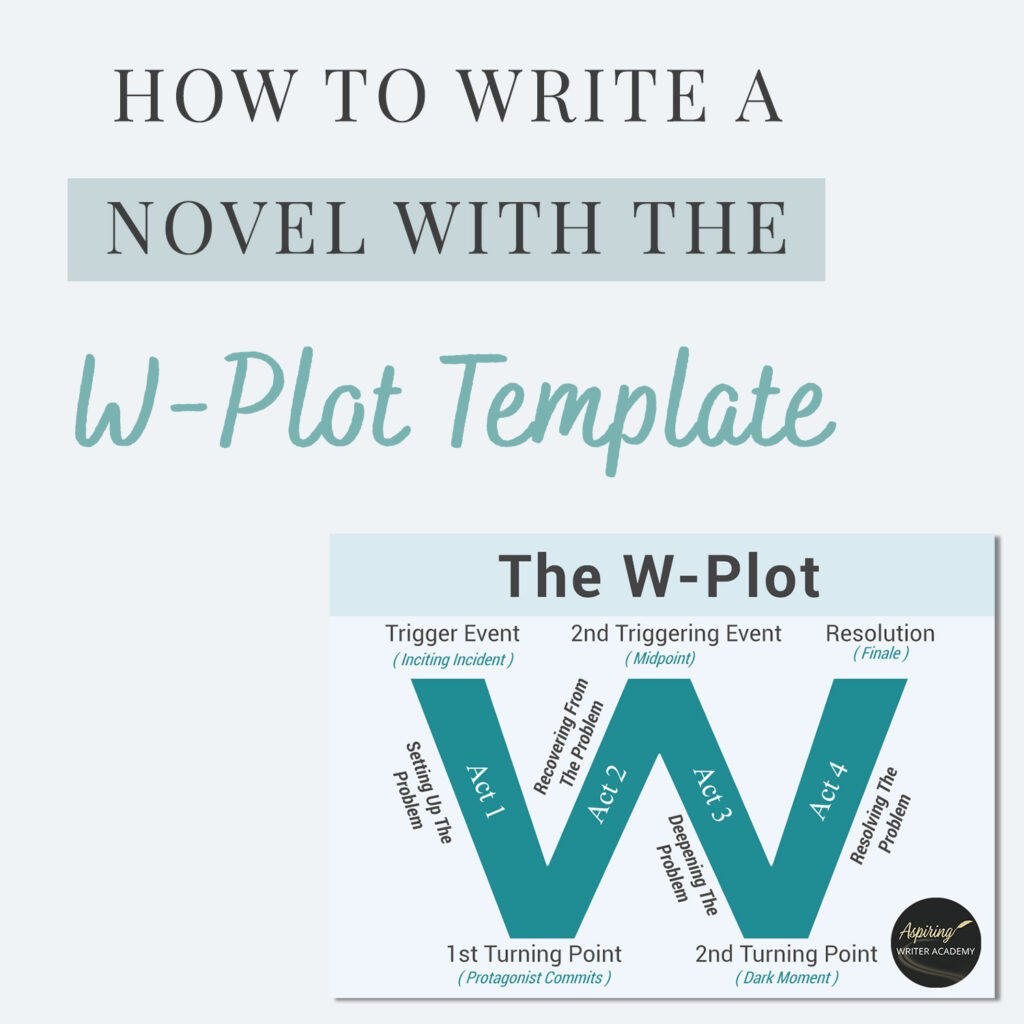
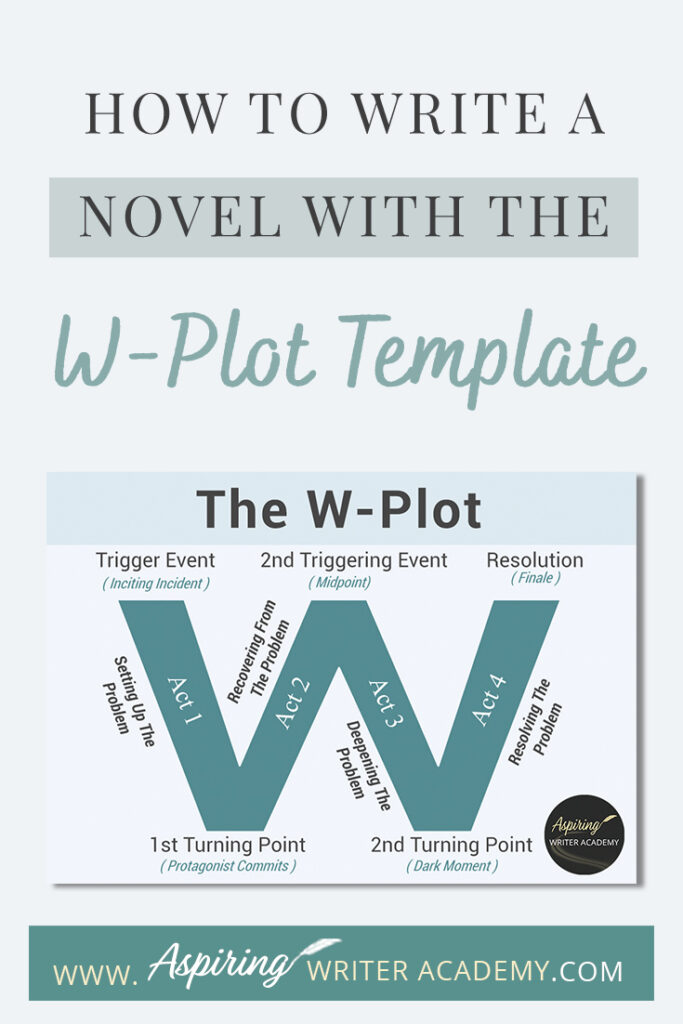
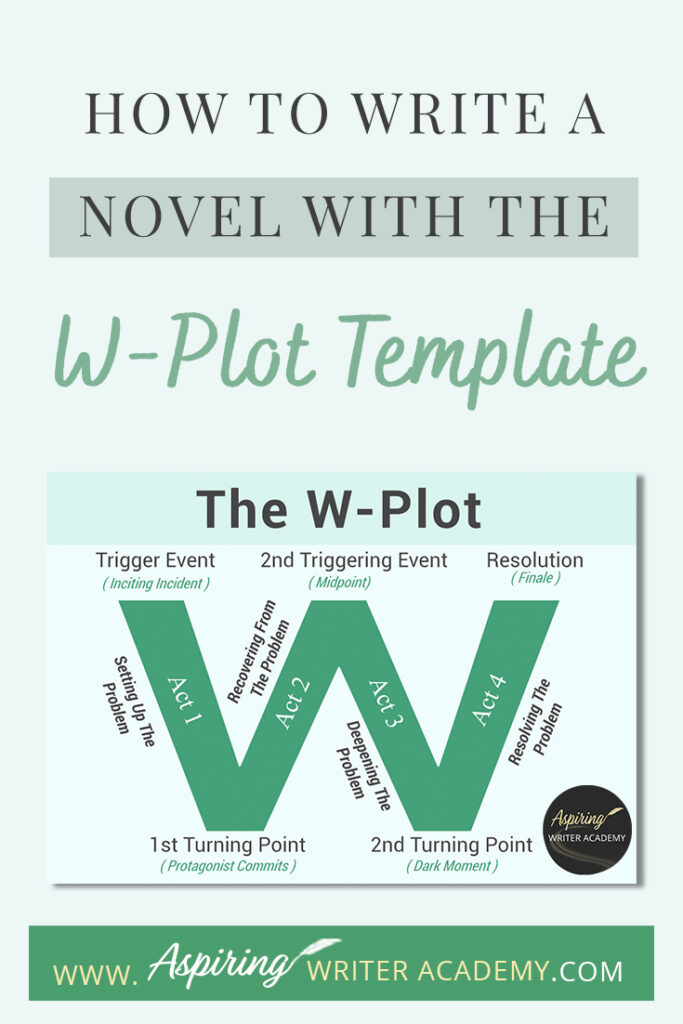
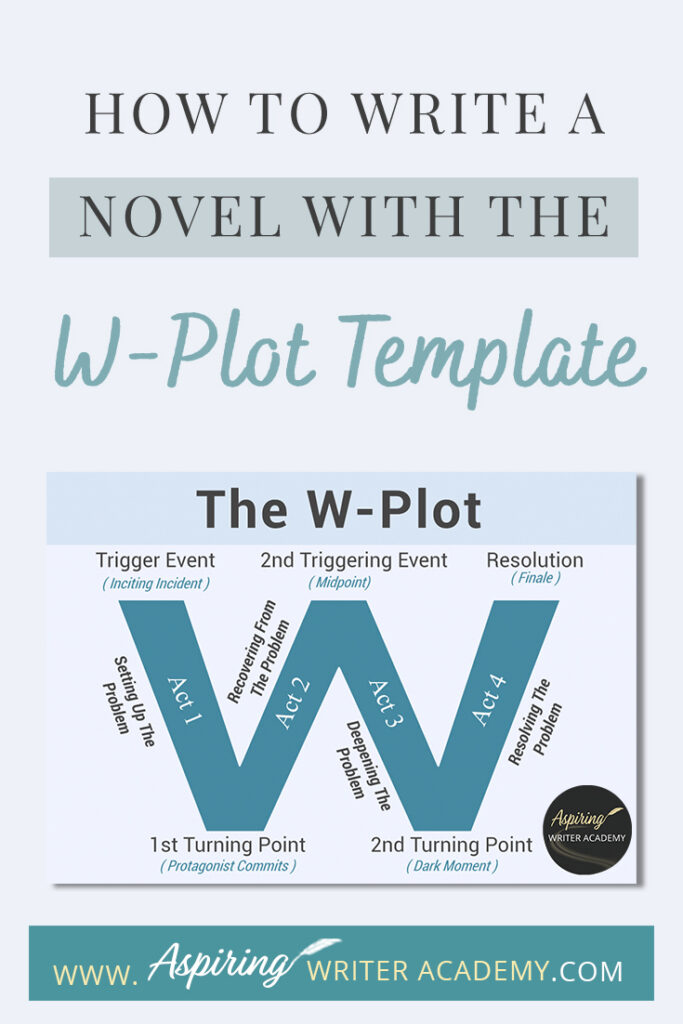
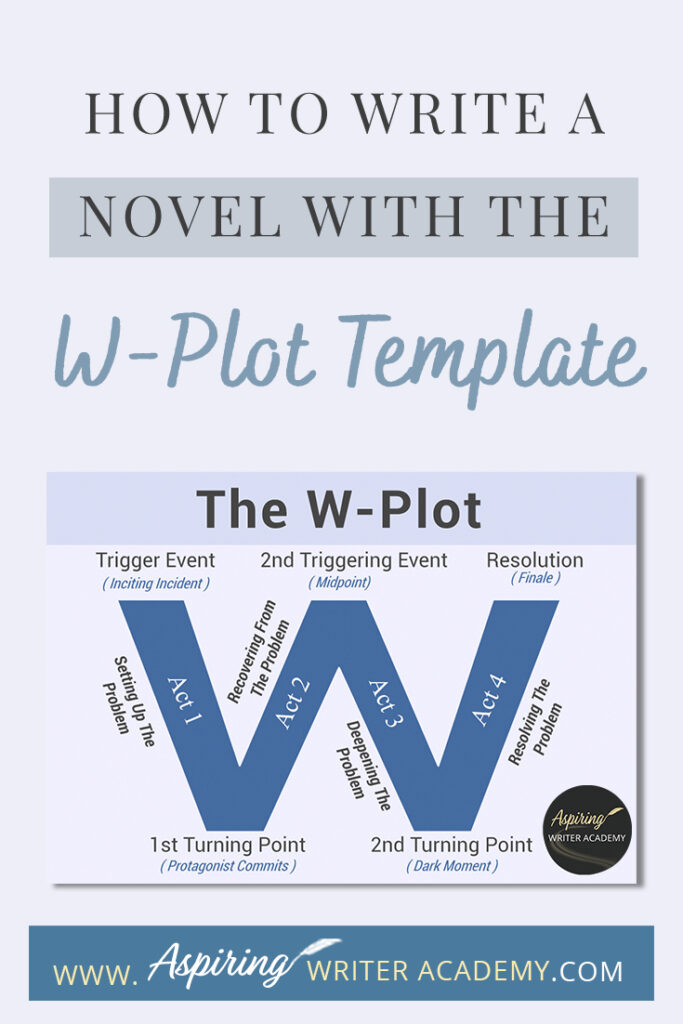
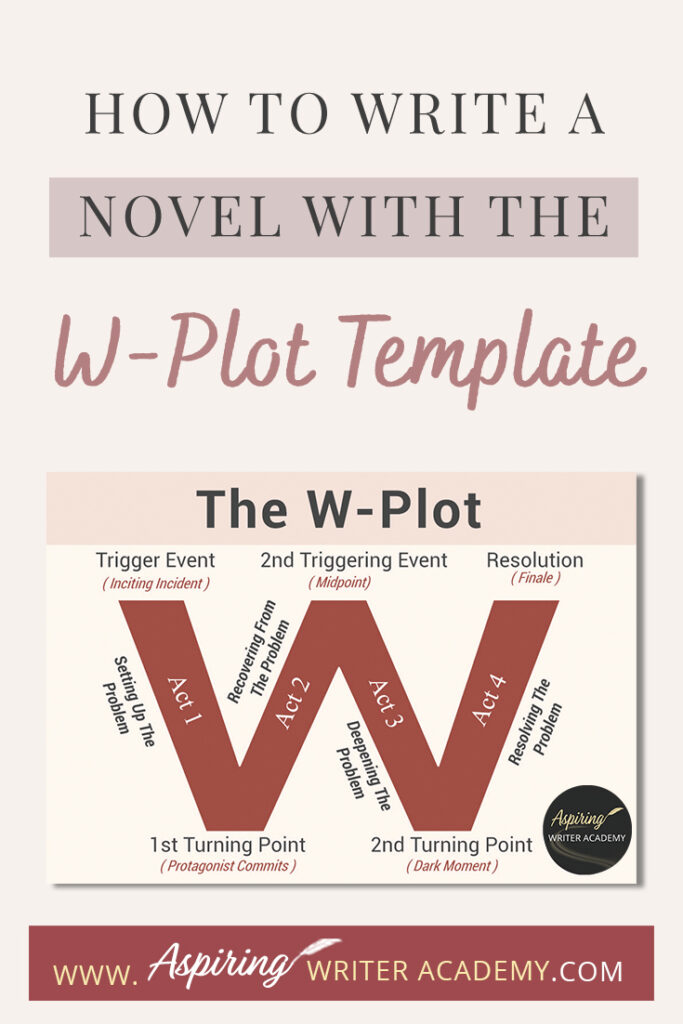
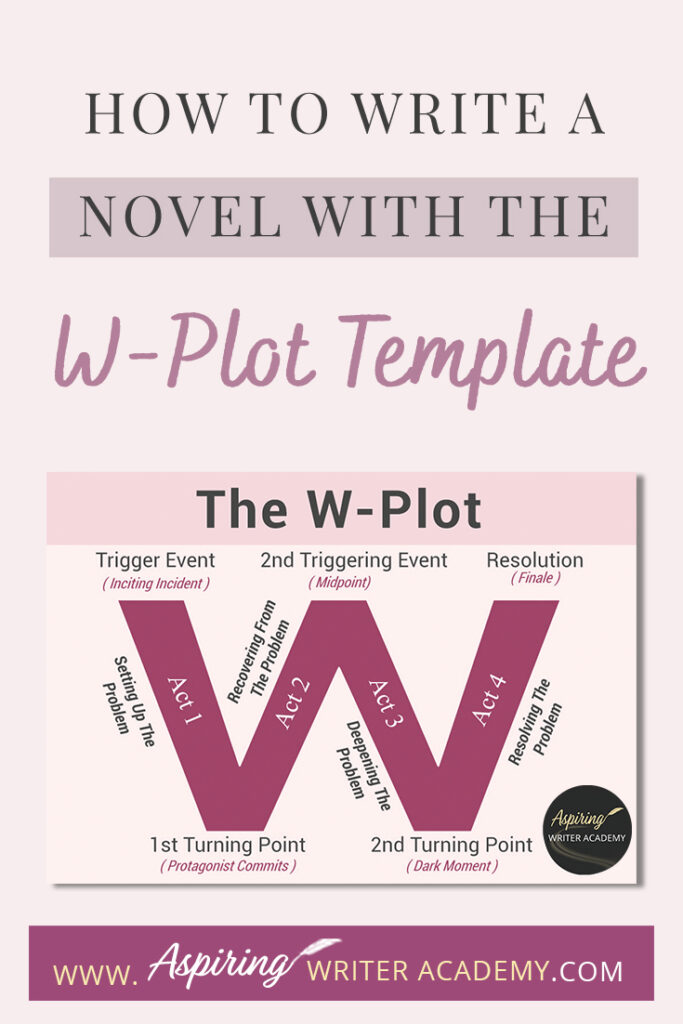
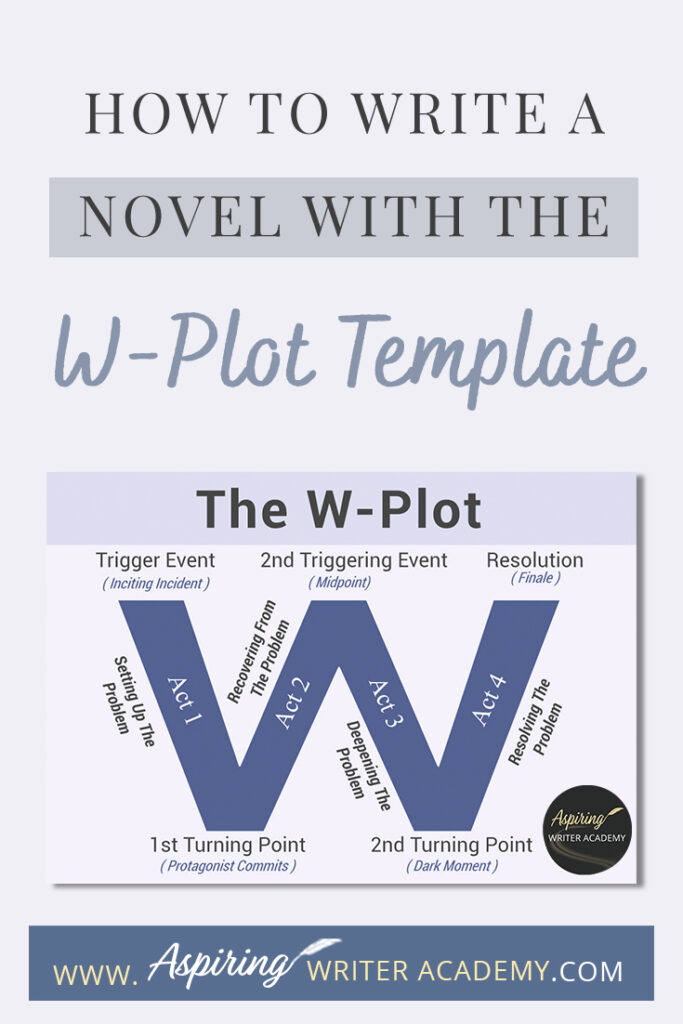
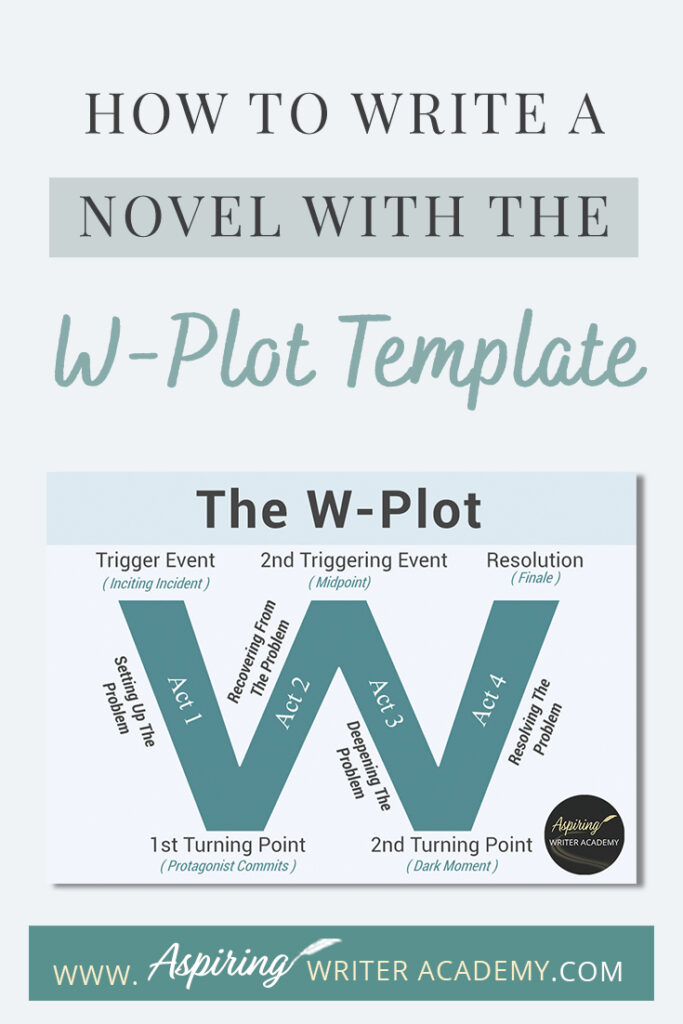
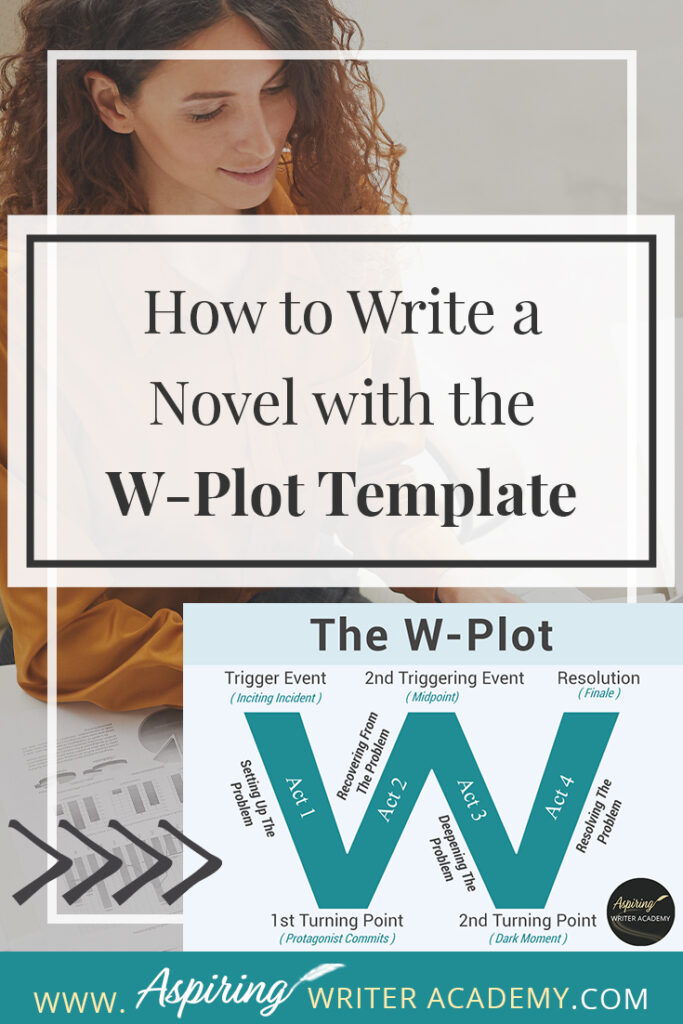













Thank you for sharing this structure!
Happy to hear that you liked it! 🙂